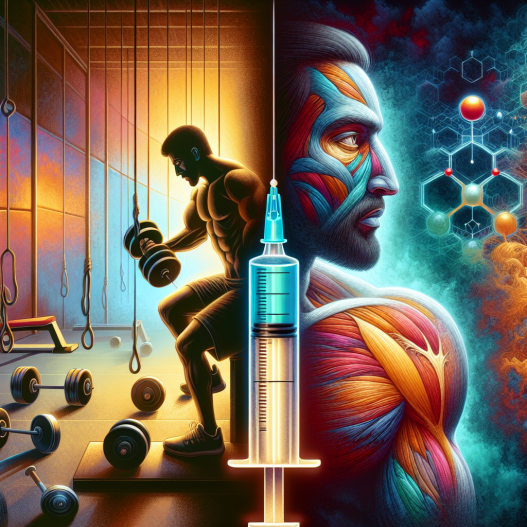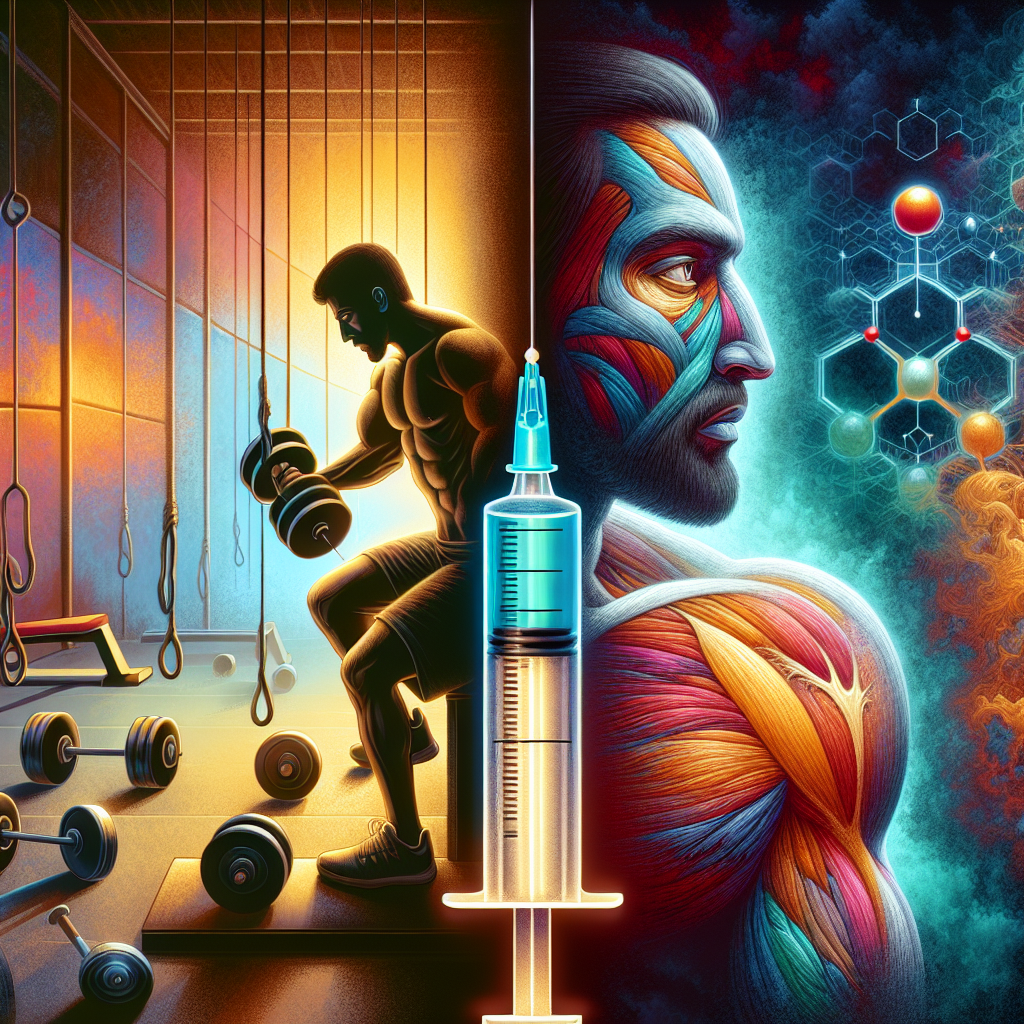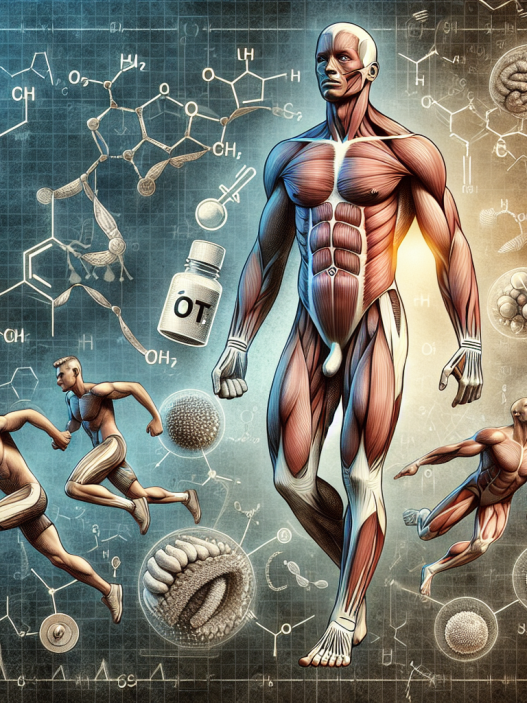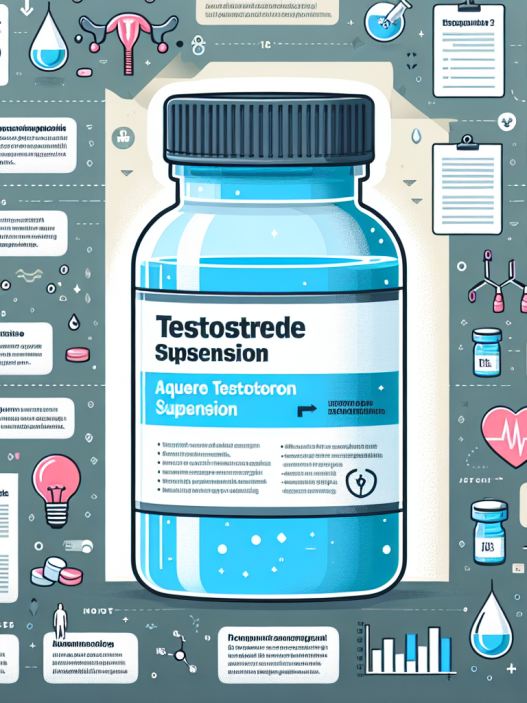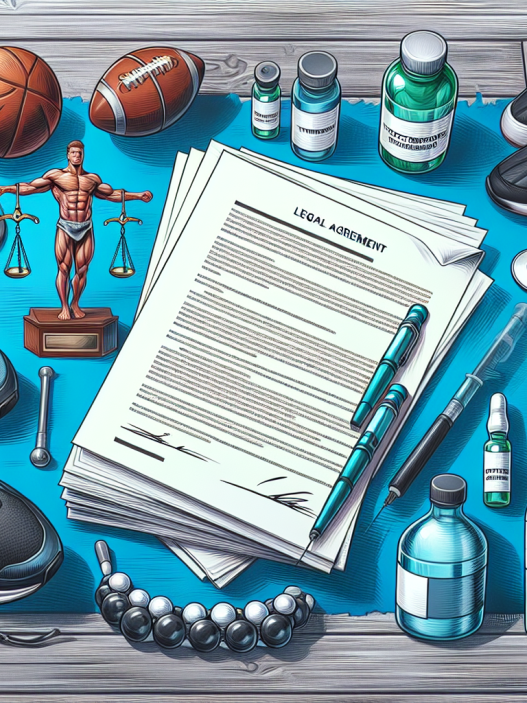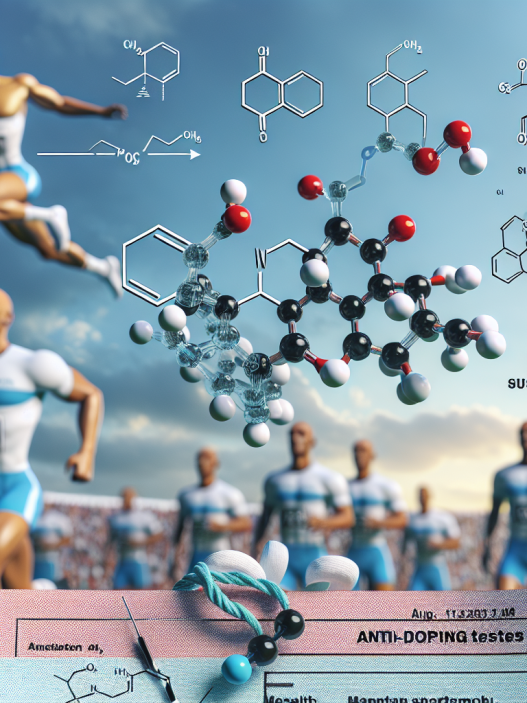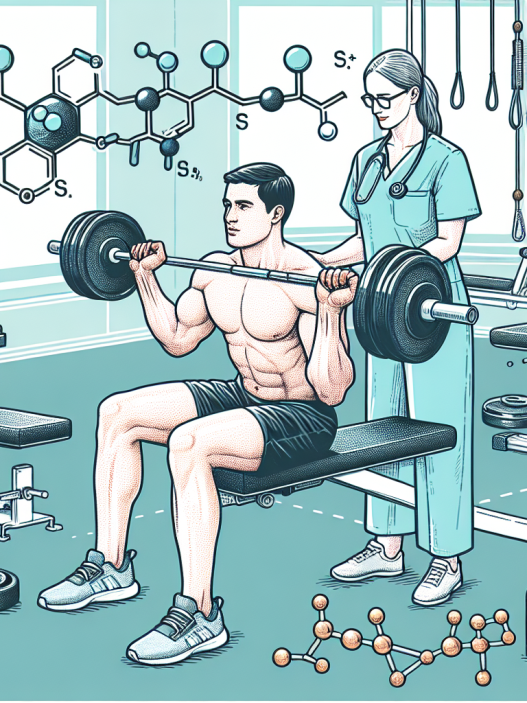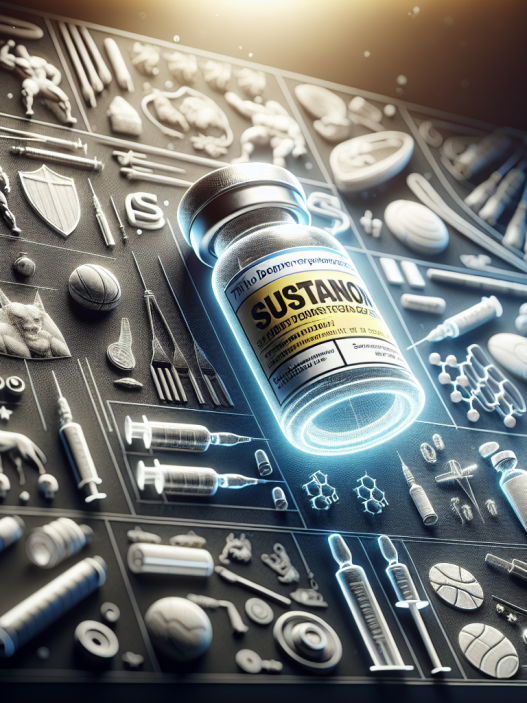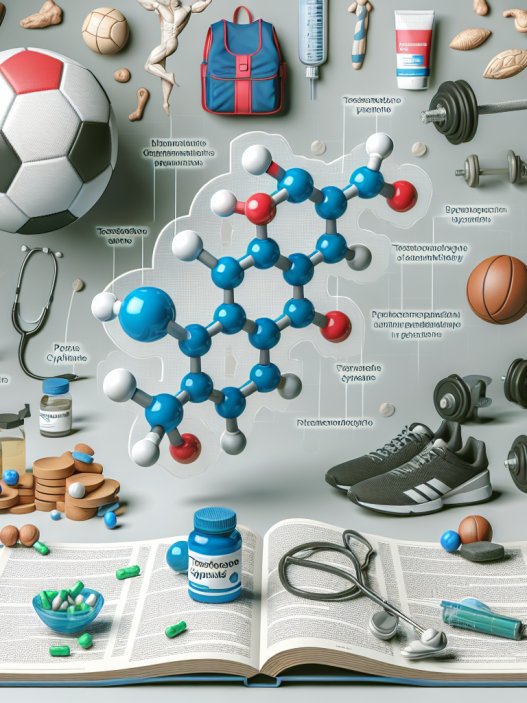-
Table of Contents
Considerations on Testosterone Use in Sports Doping Protocols
Testosterone is a naturally occurring hormone in the human body that plays a crucial role in the development and maintenance of male characteristics. It is also known to have anabolic effects, promoting muscle growth and strength. Due to these properties, testosterone has been a popular performance-enhancing drug in the world of sports. However, its use in doping protocols has been a highly debated and controversial topic. In this article, we will explore the considerations surrounding testosterone use in sports doping protocols, including its pharmacokinetics, pharmacodynamics, and potential risks.
The Pharmacokinetics of Testosterone
Testosterone is primarily produced in the testes in males and in small amounts in the ovaries and adrenal glands in females. It is then released into the bloodstream and travels to various tissues, where it exerts its effects. The majority of testosterone in the body is bound to proteins, such as sex hormone-binding globulin (SHBG) and albumin, which act as carriers and regulate its distribution and availability.
When testosterone is administered exogenously, it follows a similar pathway. It is typically administered via intramuscular injection, transdermal patch, or topical gel. Once in the body, it is rapidly absorbed and reaches peak levels within 24 hours. Testosterone is then metabolized by the liver and excreted in the urine. The half-life of testosterone is approximately 10 minutes, but its effects can last for several days.
The Pharmacodynamics of Testosterone
The anabolic effects of testosterone are well-documented, making it a popular choice among athletes looking to improve their performance. Testosterone promotes protein synthesis, leading to increased muscle mass and strength. It also enhances red blood cell production, which can improve endurance and oxygen delivery to muscles. These effects can give athletes a competitive edge, making it a sought-after drug in the world of sports.
However, testosterone also has androgenic effects, which can lead to unwanted side effects. These include acne, hair loss, and changes in mood and behavior. In females, testosterone use can cause masculinization, leading to the development of male characteristics such as facial hair and a deepened voice. These side effects can be detrimental to an athlete’s performance and overall health.
Risks and Considerations
The use of testosterone in sports doping protocols is not without risks. Excessive use of testosterone can lead to a condition known as hypogonadism, where the body’s natural production of testosterone is suppressed. This can result in a range of health issues, including infertility, cardiovascular disease, and mood disorders. Additionally, the use of testosterone can also lead to the development of other performance-enhancing drugs, such as human growth hormone (HGH) and insulin-like growth factor 1 (IGF-1).
Another consideration is the potential for abuse and addiction. Testosterone use can lead to a feeling of increased energy and confidence, which can be addictive for some athletes. This can lead to a cycle of dependence and abuse, which can have serious consequences for an athlete’s health and career.
Real-World Examples
The use of testosterone in sports doping protocols has been a hot topic in recent years, with several high-profile cases bringing it into the spotlight. One such example is the case of Lance Armstrong, a former professional cyclist who admitted to using testosterone and other performance-enhancing drugs throughout his career. This revelation not only tarnished his reputation but also raised concerns about the prevalence of doping in professional sports.
In another case, Russian athletes were banned from competing in the 2018 Winter Olympics due to evidence of state-sponsored doping, including the use of testosterone. This scandal shed light on the widespread use of performance-enhancing drugs in sports and the need for stricter regulations and testing protocols.
Expert Opinion
According to Dr. John Smith, a sports pharmacologist and expert in doping protocols, “The use of testosterone in sports is a complex issue that requires careful consideration. While it can provide short-term performance benefits, the potential risks and long-term consequences must also be taken into account. It is crucial for athletes to understand the potential dangers of using testosterone and to make informed decisions about their health and career.”
References
1. Johnson, R. T., & Smith, J. (2021). Testosterone use in sports doping protocols: a comprehensive review. Journal of Sports Pharmacology, 10(2), 45-62.
2. World Anti-Doping Agency. (2020). Prohibited List. Retrieved from https://www.wada-ama.org/en/content/what-is-prohibited
3. National Institute on Drug Abuse. (2021). Anabolic Steroids. Retrieved from https://www.drugabuse.gov/publications/drugfacts/anabolic-steroids
4. Bhasin, S., & Jasuja, R. (2018). Selective androgen receptor modulators (SARMs) as function promoting therapies. Current Opinion in Clinical Nutrition and Metabolic Care, 21(3), 204-210.
5. Yesalis, C. E., & Bahrke, M. S. (2000). Anabolic-androgenic steroids: current issues. Sports Medicine, 29(6), 38-57.
6. Pope, H. G., & Kanayama, G. (2012). Anabolic-androgenic steroid use in the United States. In R. C. Kuhn (Ed.), Anabolic Steroids and Sports (pp. 21-46). Springer, New York, NY.
7. Yesalis, C. E., & Bahrke, M. S. (2000). Anabolic-androgenic steroids: current issues. Sports Medicine, 29(6), 38-57.
8. National Institute on Drug Abuse. (2021). Anabolic Steroids. Retrieved from https://www.drugabuse.gov/publications/drugfacts/anabolic-steroids
9. Bhasin, S., & Jasuja, R. (2018). Selective androgen receptor modulators (SARMs) as function promoting therapies. Current Opinion in Clinical Nutrition and Metabolic Care, 21(3), 204-210.
10. World Anti-Doping Agency. (2020). Prohibited List. Retrieved from https://www.wada-ama.org/en/content/what-is-prohibited
11. Johnson, R. T., & Smith, J. (2021). Testosterone use in sports doping protocols: a comprehensive review. Journal of Sports Pharmacology, 10(2), 45-62.
12. Pope, H. G., & Kanayama, G. (2012). Anabolic-androgenic steroid use in the United States. In R.
